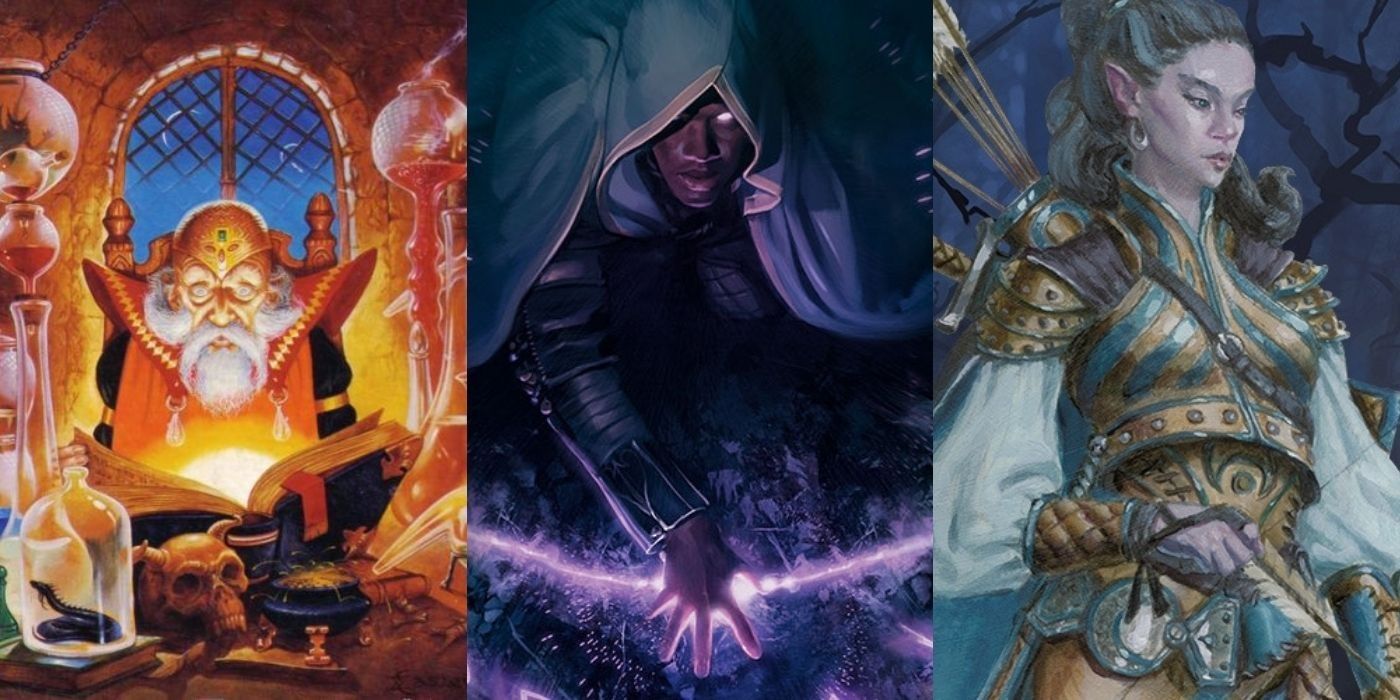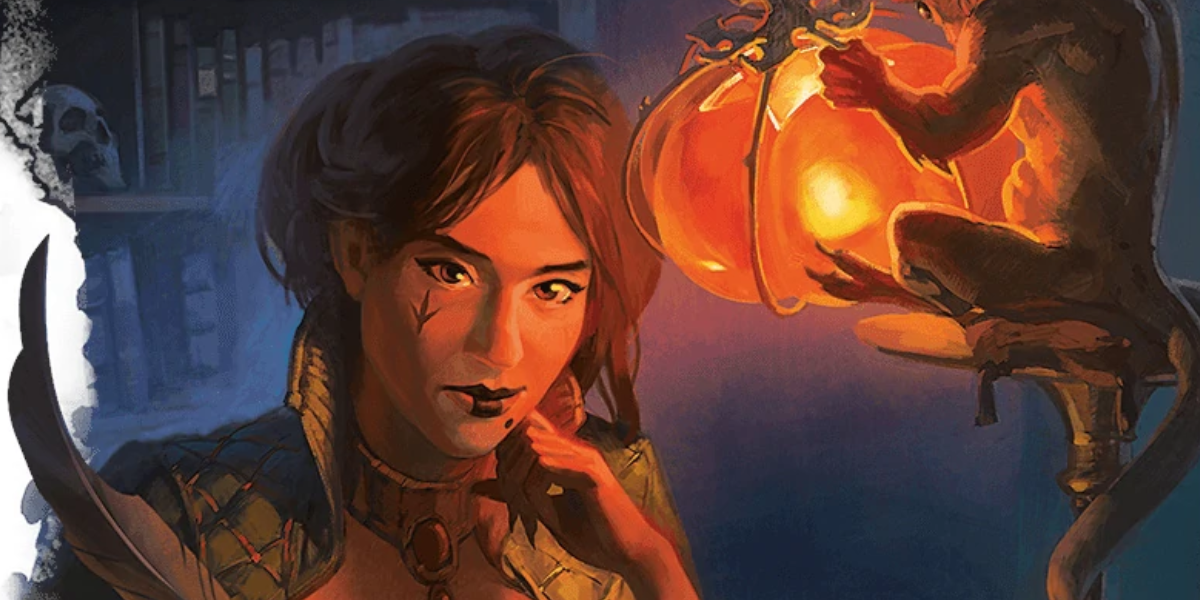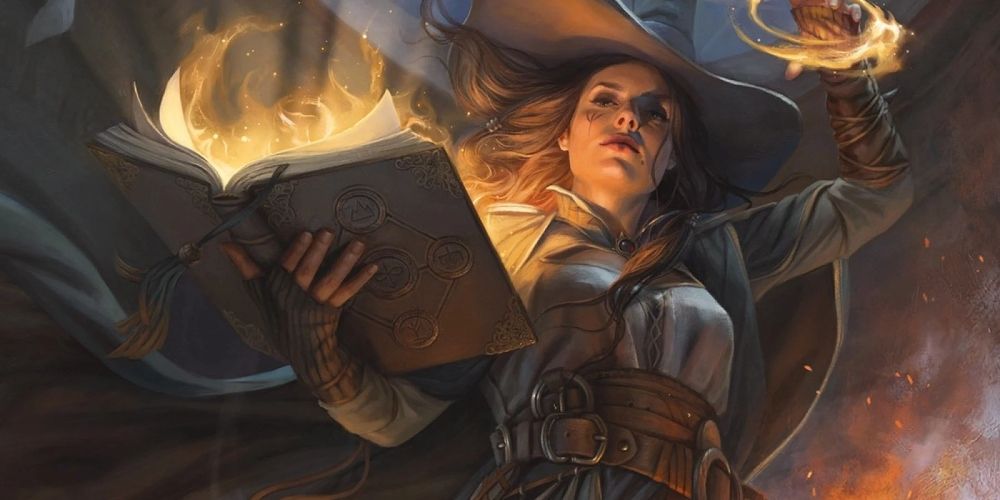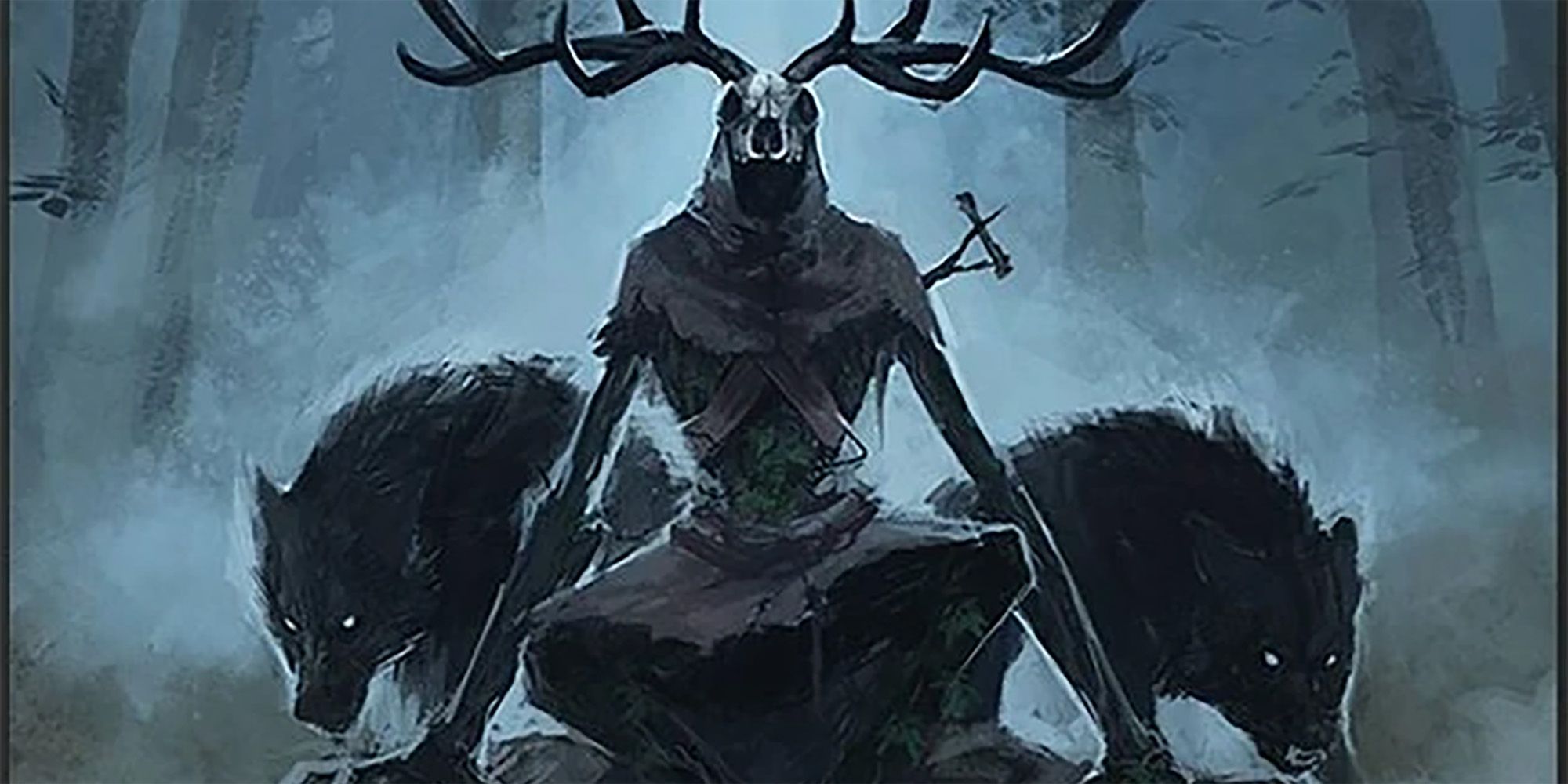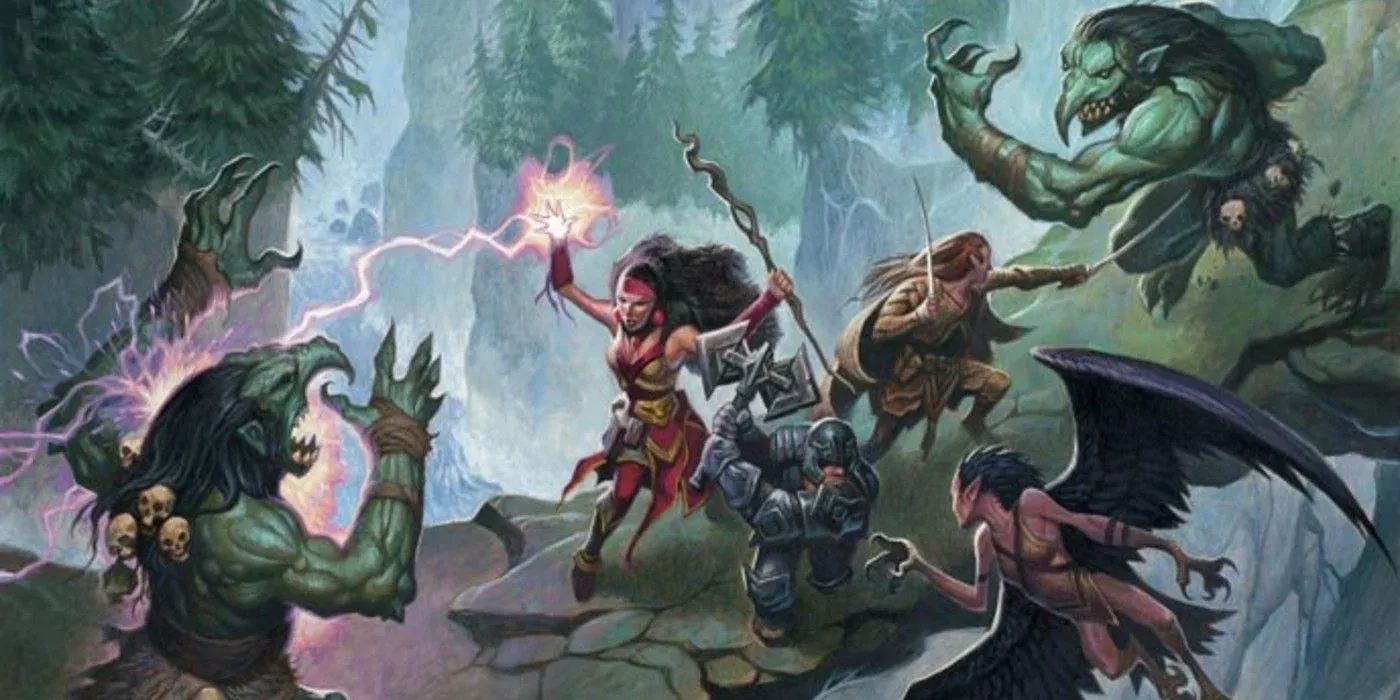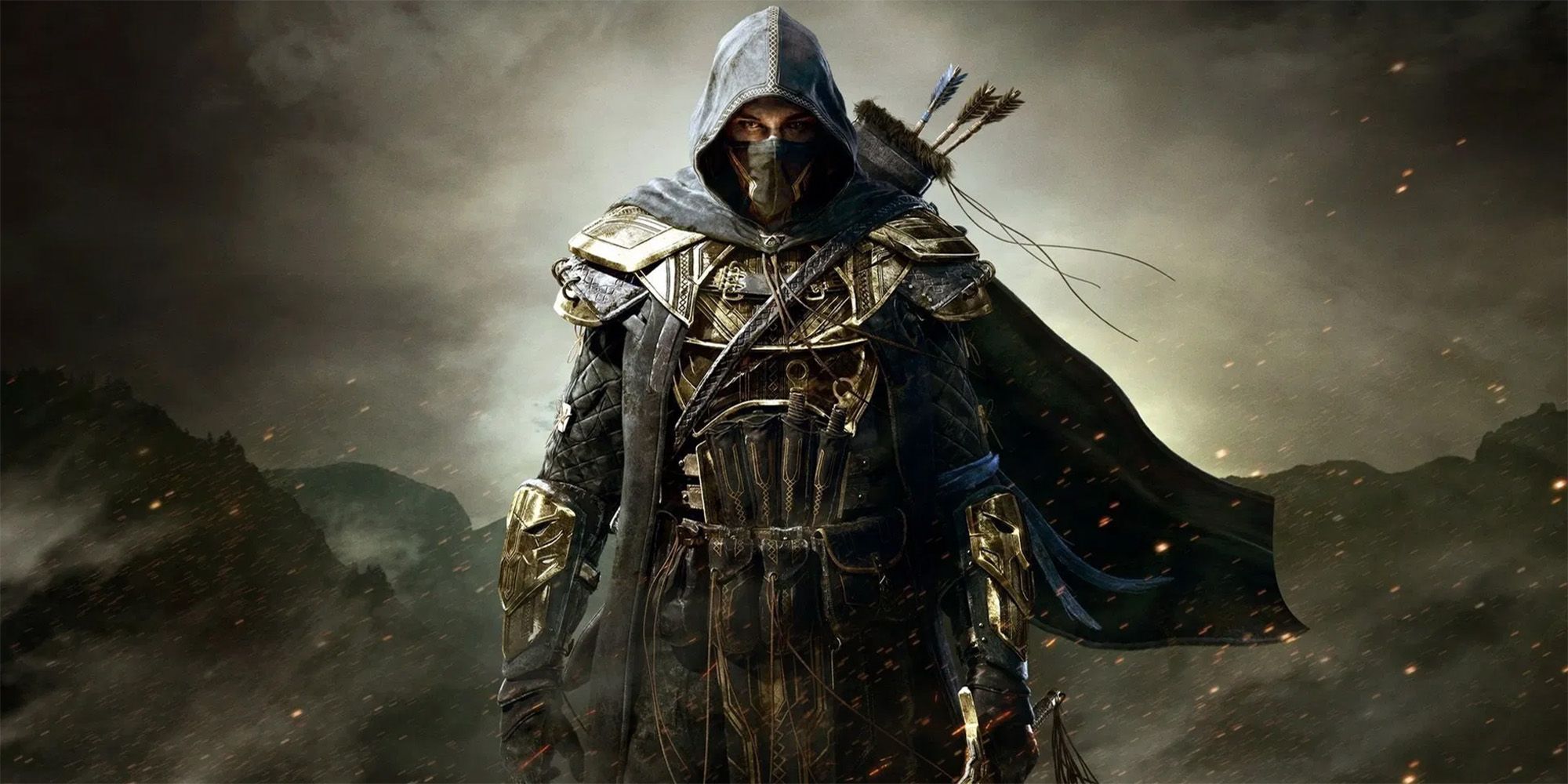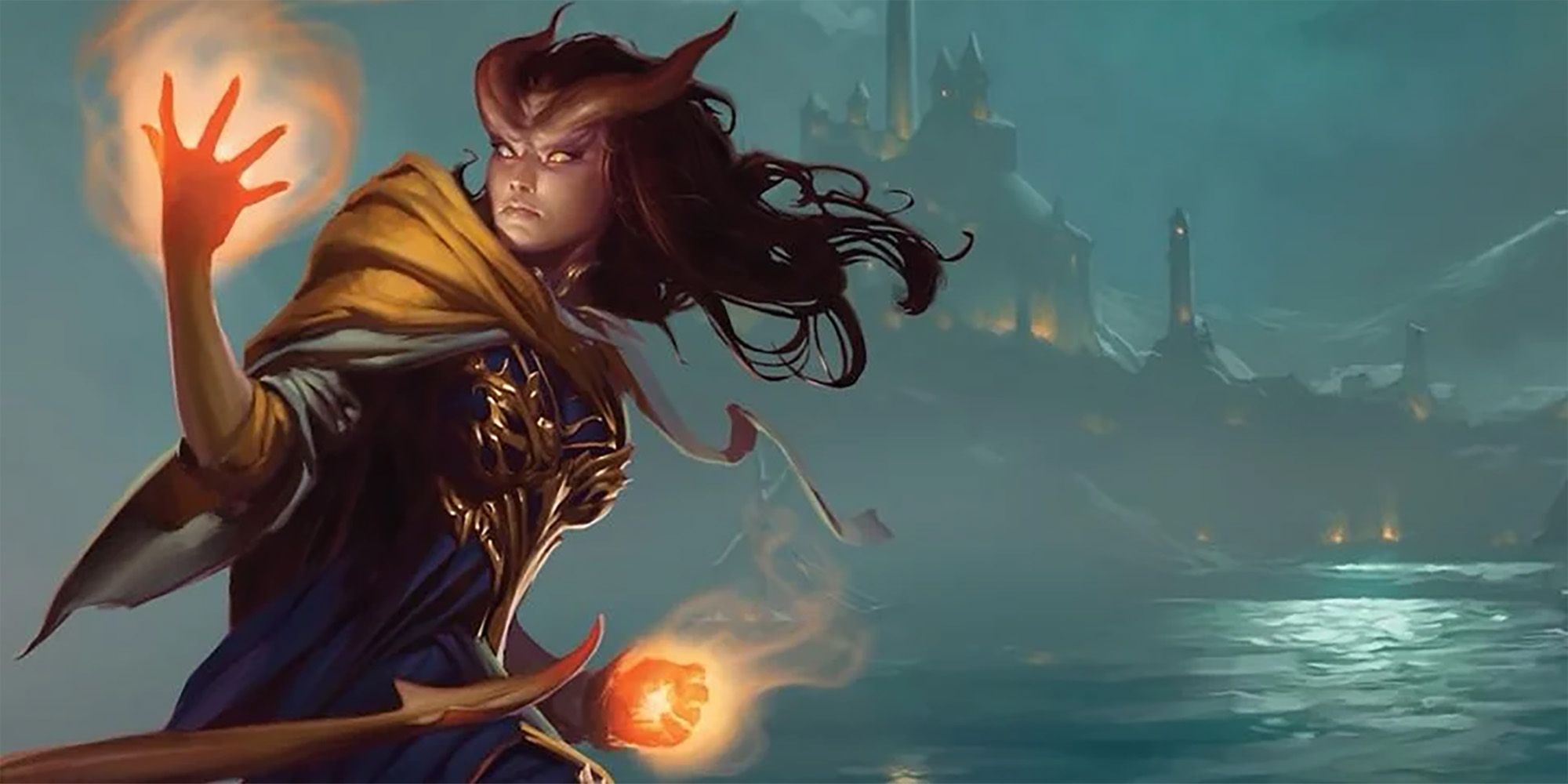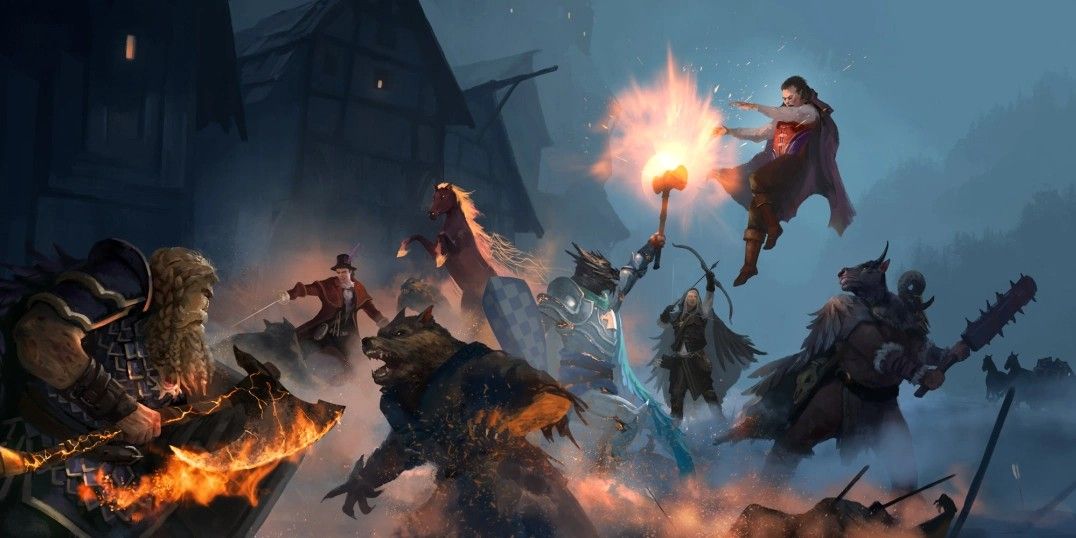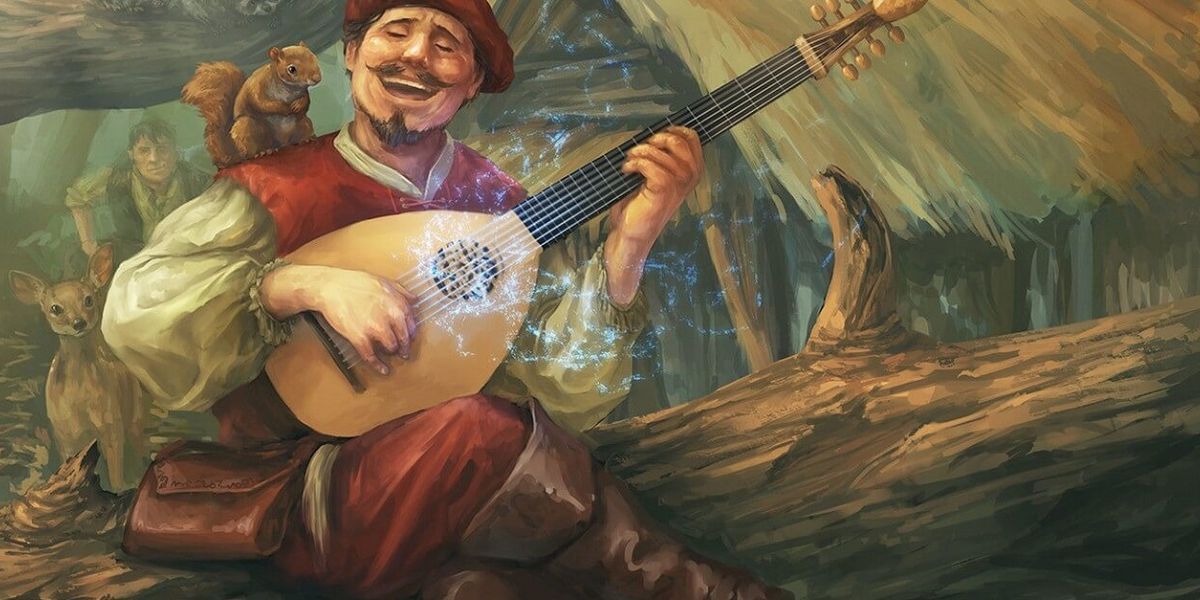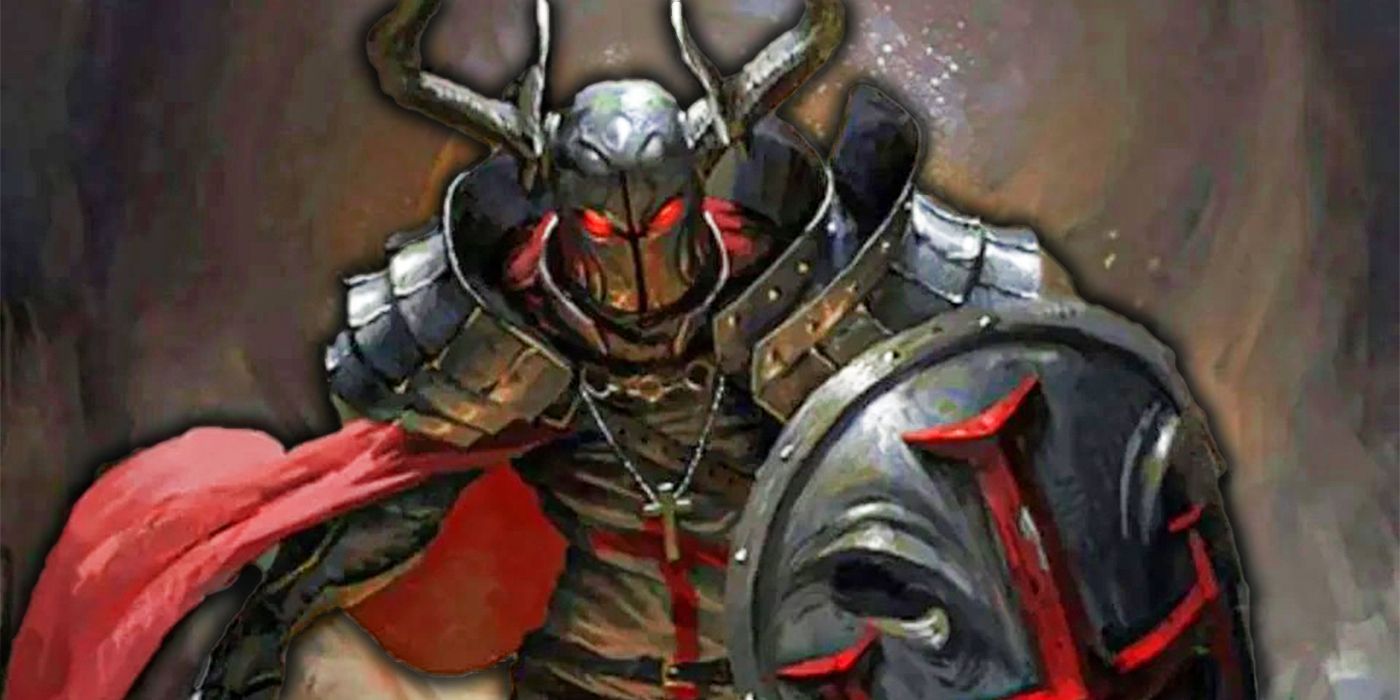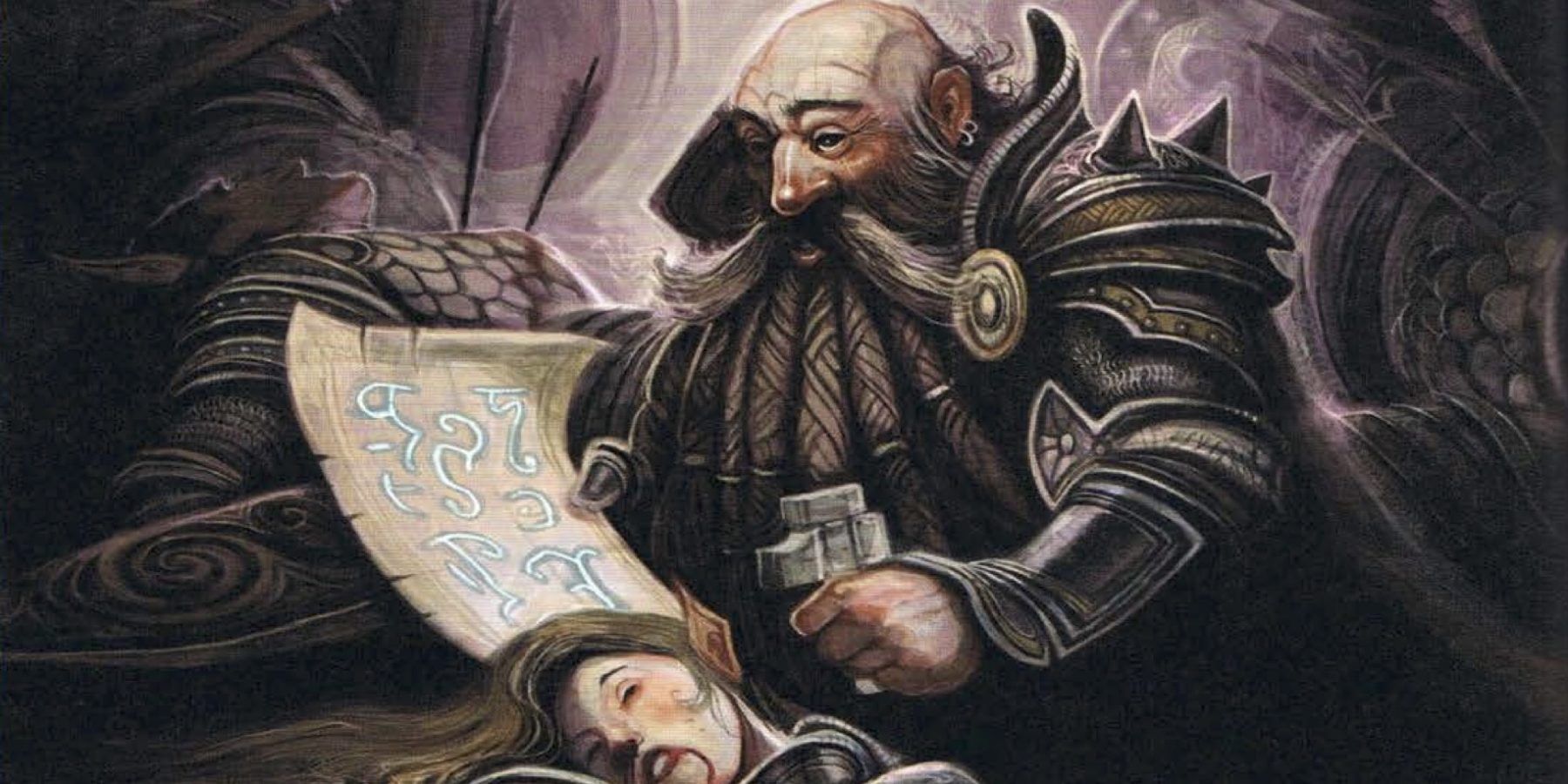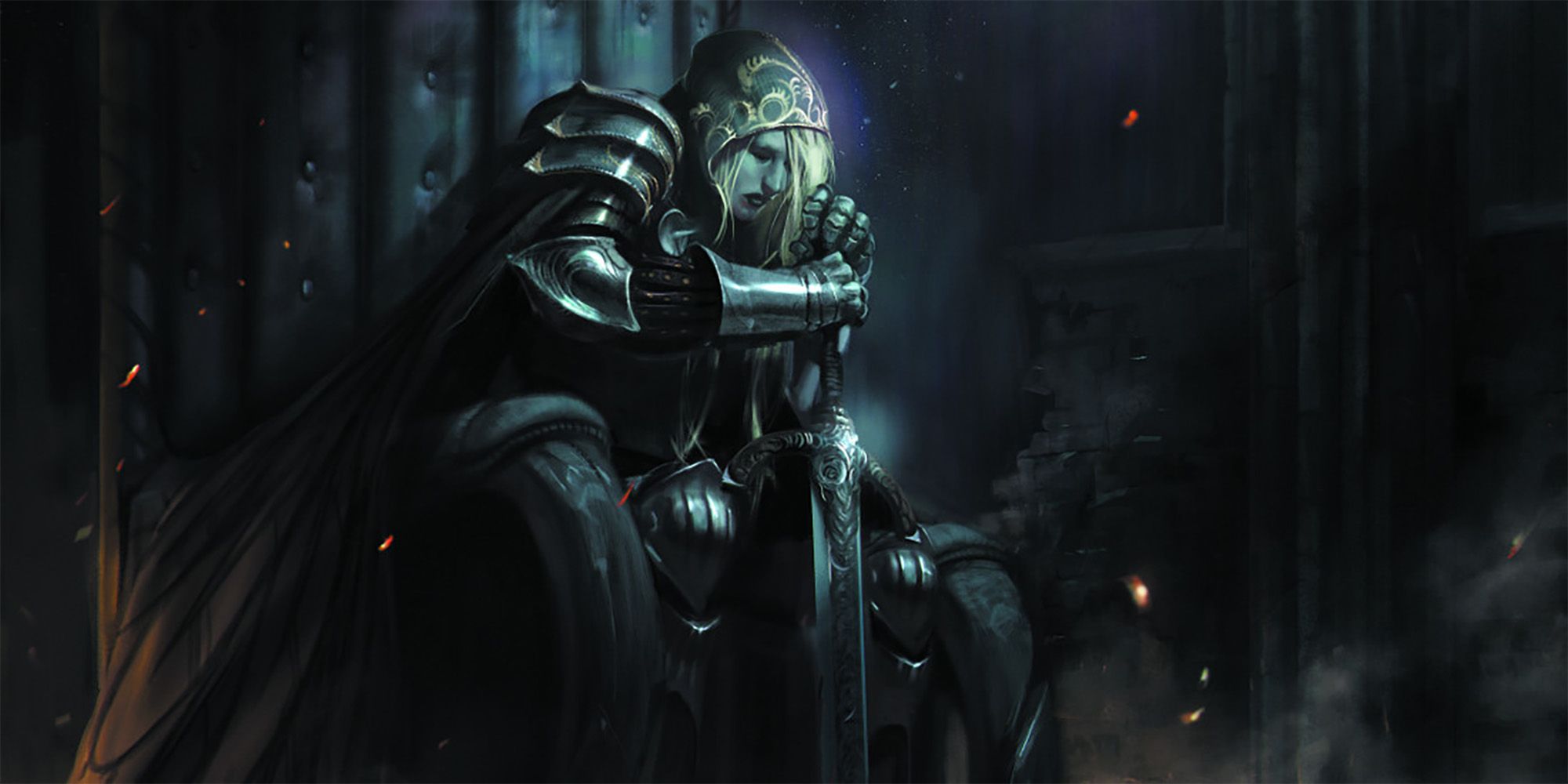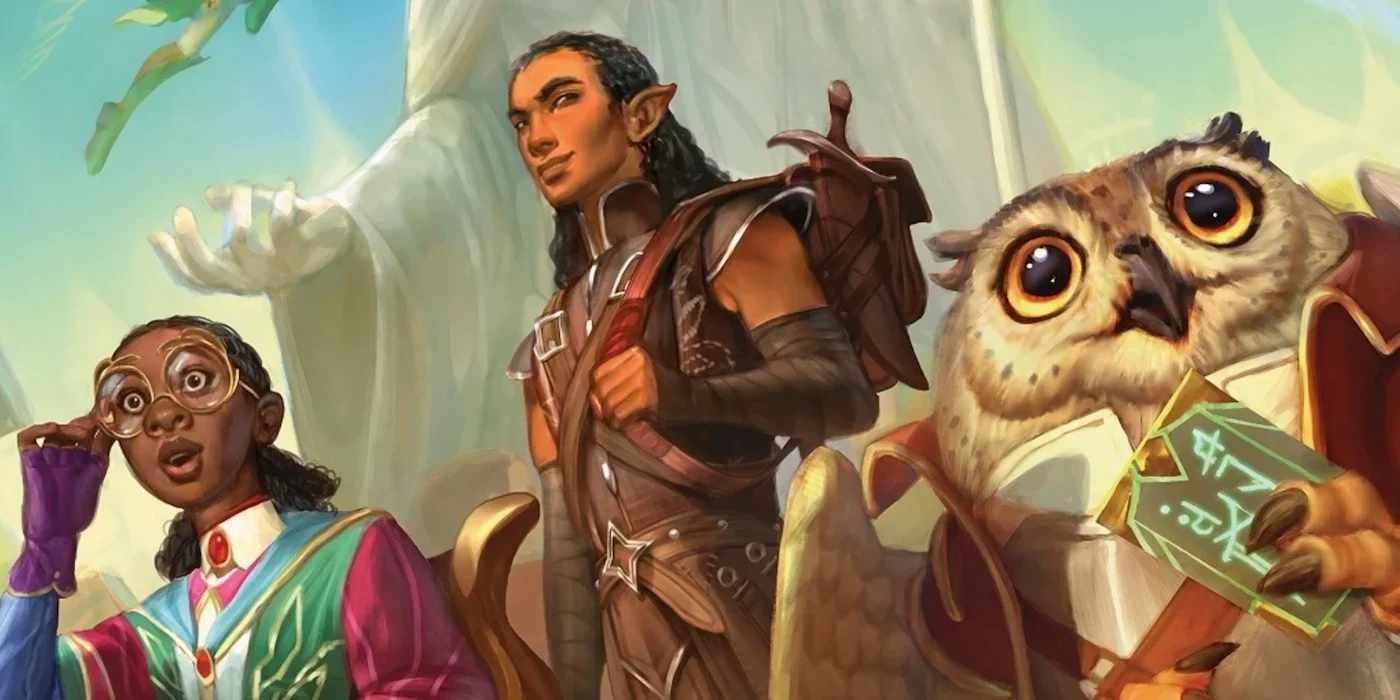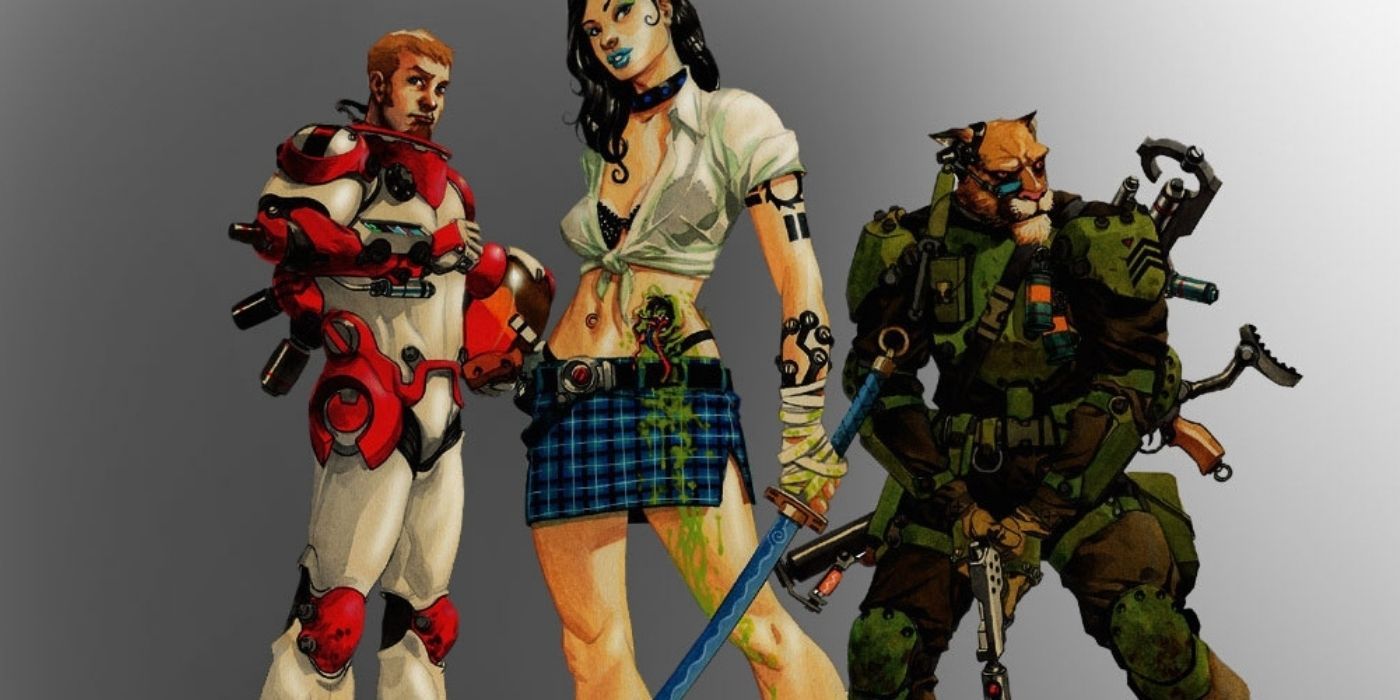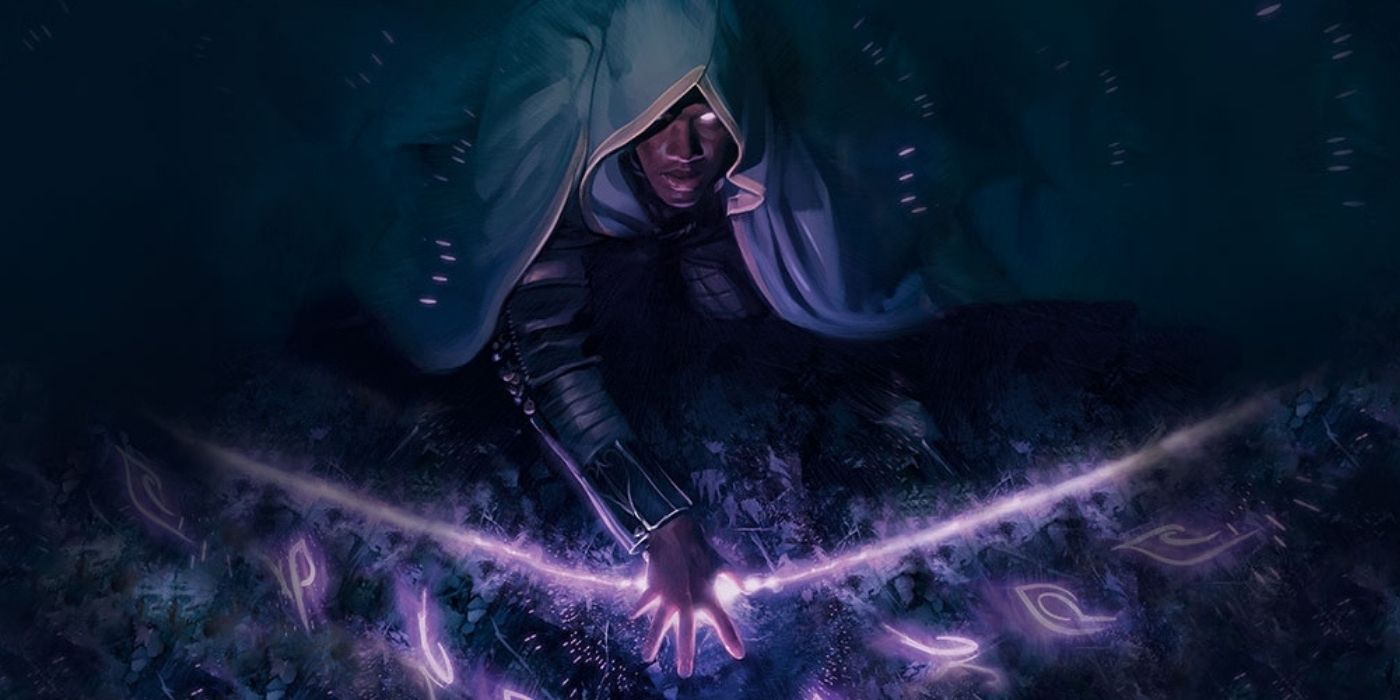Unearthed Arcana is a semi-regular online publication that provides the Dungeons & Dragons developers a chance to test some new ideas and get community feedback. Dungeons and Dragons is an ever-evolving game with numerous editions, add-ons, and books to provide more material for players and DMs to incorporate into their fantasy role-playing games. Unearthed Arcana, or UA, consists of playtesting materials for people to use.
Aafter many surveys and reworkings, some playtest material makes it into an official D&D book. Some material, however, never becomes official and remains in UA, forever stuck in the playtesting stage. Players can still use UA material, as long as they ask their DM first.
14 The School Of Onomancy Wielded The Ancient Power Of Names To Defeat Its Foes
This wizard subclass, featured in Cleric, Druid, And Wizard from October 2019, focuses on naming magic. There was a great deal of focus on the concept of true names and using a creature's true name to charm them, enhance one's spells against them, or utilize new features called Resonants that somewhat resembled warlock invocations. This wizard subclass has not seen any revisions or updates, meaning that this subclass remains in the playtesting stage.
13 Starter Spells Had Some Non-Starters
A 2017 Unearthed Arcana entitled Starter Spells sought to test several new cantrips and 1st level spells. Many of these found a home in Xanathar's Guide to Everything, including Toll the Dead, Zephyr Strike, and Infestation. However, several notable options did not. Puppet, a 1st level spell available to bards alone, could force a creature to move up to their speed in any direction. While D&D 5e has no shortage of cool spells to pick from, especially at low levels, it is a shame that a few of these never made the cut.
12 The Circle Of Twilight Was A Nature Lover's Guide To The Undead
Not to be confused with the cleric's Twilight Domain, this druid subclass focused on the nature of undead things. The Circle of Twilight focused on a druid's connection to the undead part of nature, allowing them to speak with the dead with no material components, gain resistance to radiant and necrotic damage, and cast Etherealness to travel among the realm of ghosts and spirits. While this subclass provides some new features for a druid, it is still in UA with no revisions since 2016.
11 Quick Characters Provided An Easy Way To Make Random Characters
Quick Characters was a collection of random charts that could be used to generate everything about a new D&D character, from their class to their race to their background to their skills. Everything down to spell choices and Fighting Styles was included in this selection, making it possible to quickly create a completely random character from nothing and get right to playing. This was somewhat revisited in Xanathar's Guide to Everything's "This Is Your Life" chapter, though the tables in that book are more designed to create a character's story than their stats.
10 The Sharpshooter Archetype Was For The Player Who Does Not Want To Play A Ranger
The fighter has a prolific roster of subclasses to choose from, ranging from simple champions to psychic wielding warriors that closely resemble Jedi. However, one Archetype that has remained in UA is the Sharpshooter. This subclass was meant to highlight ranged attacks without relying on magic, enabling the fighter to deal extra damage, ignore cover, and fire ranged weapons in melee with at no penalty.
The only Sharpshooter feature that made it out of the playtesting stage was the Steady Aim feature, which turned into an optional feature for rogues. Everything else about this class remains in playtesting.
9 The Phoenix Sorcery Subclass Burned Bright
This sorcerer subclass was paired with other elemental subclasses, but had a unique spin given its sorcerous origin derived from the Phoenix. The subclass had features such as being wrapped in magical flame, regaining hit points when casting fire spells, and powerful phoenix forms, allowing the player to resist all damage, among other features.
The only sorcerer subclass that made it out of this UA was the Favored Soul, which was reworked to be the Divine Soul subclass. However, the phoenix remains as playtesting material.
8 Mass Combat Takes D&D Back To Its Wargaming Roots
One of the first-ever Unearthed Arcana articles, When Armies Clash from 2015, featured rules for commanding groups of armies in massive combats across huge battlefields. These rules, essentially a stand-alone miniatures game that somewhat used the original D&D rules, have gone completely untouched since their introduction. They hark back to a time when D&D's designers were still figuring out where the future of 5th Edition was headed, and while these rules haven't been implemented, they still exist as an interesting glimpse into what might have been.
7 The College of Satire Was For The Class Clown Of The Party
Introduced all the way back in 2015, the College of Satire bard subclass focuses on acrobatics and subterfuge. This subclass contains features that allow the player to dash or disengage as a bonus action, to cause a target to embarrass themselves, and to add a bardic inspiration die to failed rolls and turn them into a success. This subclass has its roots in Advanced Dungeons and Dragons, and was playtested alongside other classic classes like the Cavalier fighter and the College of Swords bard, both of which have since become official options.
6 The Oath of Treachery Was Perfect For Those Evil One-Shots
This subclass outlines paladins who forsake their oaths and follow a path of darkness and evil. The Oath of Treachery focuses a lot on deceiving foes with features like an illusory duplicate and spells like Charm Person, Confusion, and even Dominate Person. They can also strike with an envenomed weapon that deals an immense amount of poison damage. Oath of Treachery paladins are somewhat eclipsed by the Oath of Conquest, introduced in the same UA, but there is still room in D&D for a paladin that works in secretive and deceitful ways.
5 The Rune Scribe Tried To Revive An Old Mechanic
2015's Prestige Classes and Rune Magic was a very unique Unearthed Arcana article. It tested out prestige classes for 5th Edition D&D, a feature from 3rd Edition that allowed characters to further specialize beyond simply their class. This UA in particular focused on the Rune Scribe. This Prestige class was dedicated to understanding rune magic, obtaining powerful runes, and harnessing the rune magic. Unlike most other Unearthed Arcana material, it's not very easy to use this content in modern games of 5th Edition, as it introduces an entirely new mechanic that has not been adapted in any way.
4 The Protection Domain Let Characters Play As The Healer And The Protector As Well
The cleric has the most subclasses out of any other class at fourteen. The Protection Domain was introduced alongside the Grave and Forge domains in 2016, but it never made it to print like they did. It offered players several abilities such as shielding allies, creating an aura that punishes enemies when they attack, and granting allies damage resistance. The Protection Domain fits well with several gods from D&D's pantheon, but it has yet to see a full rework.
3 The Owlfolk Hail From The Feywild
One of several magical races introduced in a 2021 Unearthed Arcana article, Owlfolk missed out on being included in 2022's Monsters of the Multiverse, signaling that they likely won't be making it to print for quite some time. Like many newer races, they don't come with pre-determiend stat bonuses and can choose which ability scores to increase. In addition to having proficiency in Stealth and a fly speed, owlfolk can cast Detect Magic as a ritual as often as they like, allowing them to be a powerful choice in a magic-heavy setting. While Strixhaven: Curriculum of Chaos introduced the Owlin, they were missing the ability to cast Detect Magic that the original Owlfolk had, a lack that is sorely felt.
2 Modern Magic Was The Urban Fantasy Adventure Players Never Thought They Needed
This UA article is an outline of three different subclasses and a slew of new spells, all centered around the idea of magic in a modern-day setting. This is a stand-out amongst all other UA content because this is one of the few UA to tackle a setting outside of Medieval fantasy.
The City Domain for clerics, the Ghost in the Machine patron for warlocks, and the School of Technomancy for wizards all create a unique spin on D&D. There has not been much expansion on this UA, and it has not seen any updates or revisions. The upcoming release of the Spelljammer setting for 5th Edition might hint at future settings that are willing to explore beyond traditional medieval fantasy.
1 The Mystic Class Has been Stuck For Years
The mystic class has been in UA since 2016 and has gone through several revisions. This class is centered around psionic-based abilities and involves utilizing the powers of the mind against foes. The mystic is just one of two new classes potentially introduced after 5th Edition launched, the other being the artificer.
The difference between the two is that the artificer was able to escape the UA playtesting while the mystic class remains. Some of their psionic talents have been used for other subclasses, and it seems unlikely that the mystic will ever see a full release at this point.

